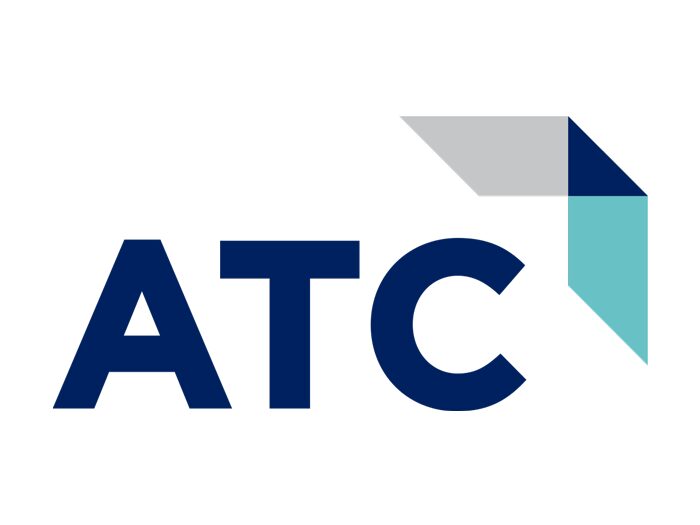
Having a robust cloud migration strategy is essential for businesses of all sizes. What would happen to your business if your on-prem servers crashed? What would happen in the instance of a cyberattack or data breach? Would business operations come to a halt? How do you know what’s best for your business and the way your team works while also taking into consideration security and compliance mandates?
These are questions every executive or IT leader asks themselves when making the decision to migrate to the cloud.
In today’s digital era, businesses are increasingly recognizing the immense value of cloud computing. Migrating to the cloud without a well-defined strategy can lead to challenges and missed opportunities. In this blog post, you’ll discover how having a cloud migration strategy can help you avoid these challenges so you can reap the benefits.
What’s the Real Cost of Not Having a Cloud Migration Strategy?
Your organization’s efficiency, security, and profitability are of the utmost importance. Not having the right cloud services provider to help you move the needle in all these areas could be costing you a great deal. Let’s explore the benefits of having a cloud migration strategy and why it is crucial for businesses to embrace this transformative approach with the right team of experts.
Maximizing Cost Efficiency and Scalability
A well-executed cloud migration strategy enables businesses to optimize their cost efficiency and scalability. Unlike traditional on-prem infrastructure, the cloud offers pay-as-you-go models, allowing businesses to only pay for the resources they consume. This eliminates the need for costly upfront investments in hardware and software.
Moreover, cloud platforms provide scalable resources that can easily adapt to changing business demands. With a cloud migration strategy in place, businesses can scale their infrastructure up or down seamlessly, ensuring optimal performance during peak periods and cost savings during quieter times. This flexibility empowers businesses to:
- Allocate resources efficiently.
- Eliminate the risk of overprovisioning or underutilization.
- Drive cost savings and operational agility.
Enhancing Data Security and Disaster Recovery
Data security and disaster recovery are paramount concerns for businesses in today’s cyber-threat landscape. Implementing a cloud migration strategy allows businesses to leverage the robust security measures and disaster recovery capabilities offered by cloud service providers. Cloud platforms employ industry-leading security protocols, including encryption, access controls and continuous monitoring to safeguard your organization’s data.
Disaster recovery solutions enable businesses to implement robust backup and recovery strategies. In the event of data loss or system failure, businesses can quickly recover their critical data and applications from off-site cloud backups, minimizing downtime and potential financial losses. A cloud migration strategy ensures that businesses can:
- Mitigate the risk of data breaches.
- Comply with industry regulations.
- Maintain business continuity in the face of unforeseen disruptions.
Enabling Business Agility and Innovation
In today’s fast-paced technology landscape, agility and innovation are key differentiators. A cloud migration strategy empowers businesses to embrace these qualities by providing a foundation for rapid scalability, collaboration and experimentation. Cloud platforms offer a wide array of services:
- Artificial Intelligence (AI)
- Machine Learning (ML).
- Big data analytics.
- Internet of Things (IoT).
- And more.
With a cloud migration strategy, businesses are able to leverage cutting-edge technologies without the burden of managing complex infrastructure and can quickly deploy and scale applications. Additionally, employees can collaborate seamlessly across teams (and geographies), as well as experiment with new ideas without the constraints of physical infrastructure. This agility fosters a culture of innovation and enables businesses to stay ahead of the competition by responding swiftly to market changes and customer demands.
Make Your Move to the Cloud Seamless and Strategic for the Best Results
The struggle is real. Especially if you’re trying to do today’s work with yesterday’s technology. Workloads and applications perform optimally in certain environments. That’s why tapping into the cloud with a superior strategy will help you become more agile and optimize opportunities for growth.
At ATC, our experts can help you make the right choices by developing a smart, incremental cloud plan that works specifically for you and your organization. Let’s talk about all the ways having a well-defined cloud migration strategy can be a catalyst for growth, competitiveness and long-term success.










